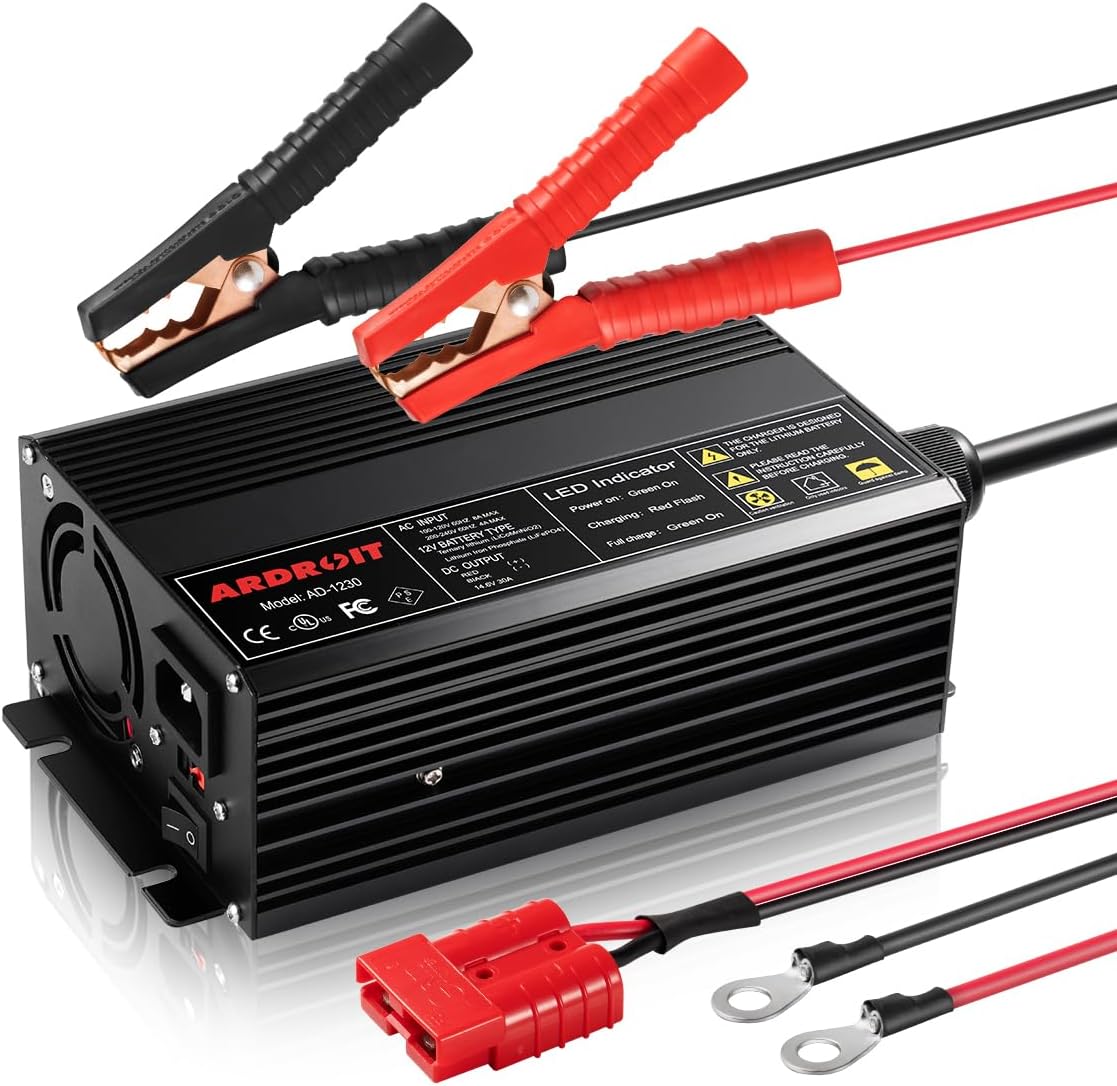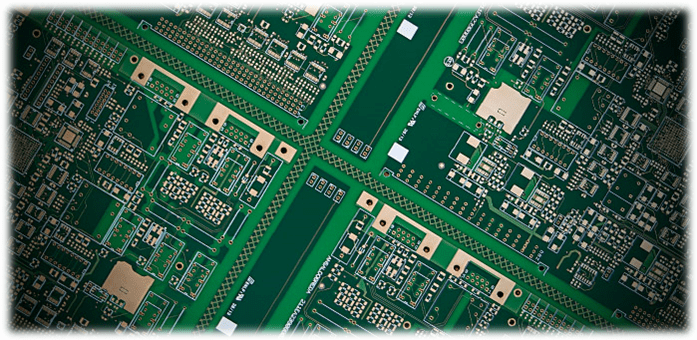Understanding LiFePO4 Battery Chargers: The Key to Efficient and Safe Charging
As the demand for clean, renewable energy solutions increases, lithium iron phosphate (LiFePO4) batteries have emerged as one of the most popular and reliable options for powering everything from electric vehicles (EVs) to renewable energy storage systems. However, like any other battery type, LiFePO4 batteries require a specialized charger to ensure optimal performance, safety, and longevity. In this article, we will explore the importance of Lifepo4 Battery Charger, how they work, and what to consider when choosing the right charger for your needs.
What is a LiFePO4 Battery?
LiFePO4, or Lithium Iron Phosphate, is a type of lithium-ion battery known for its stability, safety, and efficiency. LiFePO4 batteries are increasingly being used in a wide range of applications, including solar energy storage systems, electric vehicles, power tools, and backup power solutions. The key features of LiFePO4 batteries that make them attractive are:
- Long Lifespan: LiFePO4 batteries can last for over 2,000 charge cycles, significantly longer than traditional lead-acid or other lithium-ion batteries.
- Safety: These batteries are known for their high thermal stability and reduced risk of fire compared to other lithium-ion chemistries.
- Environmentally Friendly: LiFePO4 batteries are non-toxic and have a relatively low environmental impact.
- High Efficiency: LiFePO4 batteries have excellent charge/discharge efficiency, making them suitable for a wide variety of applications, including renewable energy storage systems.
However, to get the most out of a LiFePO4 battery, it’s crucial to use the appropriate charger. Using an improper charger can reduce the battery’s lifespan, damage the battery, or even pose a safety risk.
What is a LiFePO4 Battery Charger?
A Lifepo4 Battery Charger is specifically designed to charge lithium iron phosphate batteries. Unlike standard lithium-ion or lead-acid chargers, which may not regulate charging parameters properly for LiFePO4 batteries, a specialized charger ensures that the voltage, current, and charging cycle match the unique characteristics of these batteries.
LiFePO4 batteries operate within a specific voltage range (usually around 3.2 to 3.6 volts per cell), and overcharging or undercharging can damage the battery or lead to suboptimal performance. A LiFePO4 battery charger is engineered to charge the battery safely by:
- Providing a constant current during the initial charging phase.
- Switching to constant voltage once the battery voltage reaches the appropriate level.
- Monitoring the battery’s state of charge (SOC) and ensuring that charging stops when the battery is full.
This ensures a more efficient and safer charging process compared to using a standard charger.
How Does a LiFePO4 Battery Charger Work?
The working principle of a Lifepo4 Battery Charger is based on two primary charging phases: Constant Current (CC) and Constant Voltage (CV).
1. Constant Current (CC) Phase
During the initial charging phase, the charger provides a constant current to the battery. The current is typically set according to the battery’s capacity (usually 0.5C to 1C). This phase is designed to charge the battery quickly without overloading it.
As the battery charges, its voltage rises. The charger continues to supply the same current, gradually increasing the battery’s voltage up to the set limit, typically around 3.6 volts per cell for LiFePO4.
2. Constant Voltage (CV) Phase
Once the battery voltage reaches its designated maximum (usually 3.6 volts per cell), the charger switches to the constant voltage mode. In this phase, the charger maintains the voltage at the maximum level while the charging current gradually decreases as the battery nears full charge.
At this stage, the current tapers off to prevent overcharging, and when the current drops to a predetermined threshold (often around 0.05C or less), the charger will indicate that the battery is fully charged.
3. Charge Termination
Once the current reaches a preset minimum level, the charger either stops charging or enters a maintenance mode, depending on the charger’s design. Some chargers will automatically enter a trickle charge or float mode to maintain the battery at full charge without overcharging.
Why is a Specialized LiFePO4 Battery Charger Important?
A LiFePO4 battery charger is crucial for the following reasons:
1. Voltage and Current Regulation
LiFePO4 batteries require precise voltage regulation to avoid overcharging, which can cause the battery to overheat, swell, or degrade prematurely. A specialized charger ensures that the battery never exceeds its maximum voltage of 3.65 volts per cell, preventing potential safety hazards.
The charging current also needs to be carefully regulated. If the current is too high, it can lead to rapid temperature increases and damage the battery cells. A LiFePO4 charger ensures the current is within the appropriate range, typically around 0.5C to 1C, which is ideal for the battery’s charging cycle.
2. Charging Profile Compatibility
LiFePO4 batteries have a unique charging profile that differs from other lithium-ion chemistries like LiCoO2 (Lithium Cobalt Oxide) or NCM (Nickel Cobalt Manganese). Using a charger designed specifically for LiFePO4 batteries ensures that the charging profile (CC-CV) is followed correctly, optimizing performance and lifespan.
3. Enhanced Battery Life
By ensuring the proper charging voltage and current, a LiFePO4 charger helps maximize the lifespan of the battery. A well-maintained charging cycle can allow a LiFePO4 battery to last for 2,000 charge cycles or more, far surpassing the 500 to 1,000 cycles seen with lead-acid batteries.
4. Safety Features
LiFePO4 batteries are known for their inherent safety compared to other lithium chemistries, but improper charging can still lead to thermal runaway, swelling, or even fire. A specialized charger often includes safety features such as:
- Overvoltage protection: Stops charging once the battery reaches its maximum voltage.
- Overcurrent protection: Prevents excessive current from damaging the battery.
- Short-circuit protection: Prevents damage in the event of a short circuit.
- Temperature monitoring: Ensures that the battery does not overheat during charging.
Choosing the Right LiFePO4 Battery Charger
When selecting a Lifepo4 Battery Charger, there are several important factors to consider:
1. Voltage Rating
The charger must match the voltage of the LiFePO4 battery you are using. For example, a 12V LiFePO4 battery typically consists of 4 cells (3.2V each), so you’ll need a charger designed for a 12V LiFePO4 battery. Similarly, 24V and 48V systems will require chargers that accommodate those voltages.
2. Current Rating
The charger’s current rating should match or be close to the battery’s recommended charging current. Overcharging with too high of a current can damage the battery, while undercharging may lead to inefficient charging. It’s essential to check the manufacturer’s recommendations for the charging current.
3. Charger Efficiency
High-efficiency chargers waste less energy as heat, making them more environmentally friendly and cost-effective in the long term. Look for chargers that are designed for high efficiency to reduce your carbon footprint and operating costs.
4. Safety Features
Safety is a primary concern when charging any lithium-based battery. Make sure the charger comes with built-in protections such as overvoltage, overcurrent, short-circuit, and temperature monitoring. These features will protect both the battery and the charger from potential damage.
5. Charging Speed
Some LiFePO4 chargers offer faster charging speeds, while others are designed to charge more slowly to extend the battery’s lifespan. While fast chargers may be convenient, slower chargers are often better for long-term battery health.
6. Brand and Warranty
Choose a charger from a reputable brand that offers a warranty. Reliable manufacturers provide chargers that are tested for safety and efficiency and will often stand behind their products with a warranty or customer support.
Conclusion
LiFePO4 batteries are a robust and efficient power solution, but they require a dedicated charger to perform at their best. A proper Lifepo4 Battery Charger not only ensures that the battery is charged safely and effectively but also helps maximize its lifespan. By understanding the importance of voltage regulation, charging profiles, and safety features, users can make an informed choice when selecting a charger for their LiFePO4 batteries. Whether you’re powering an electric vehicle, a solar storage system, or a backup power supply, using the right charger will help ensure your LiFePO4 battery performs at its peak for years to come.













Post Comment